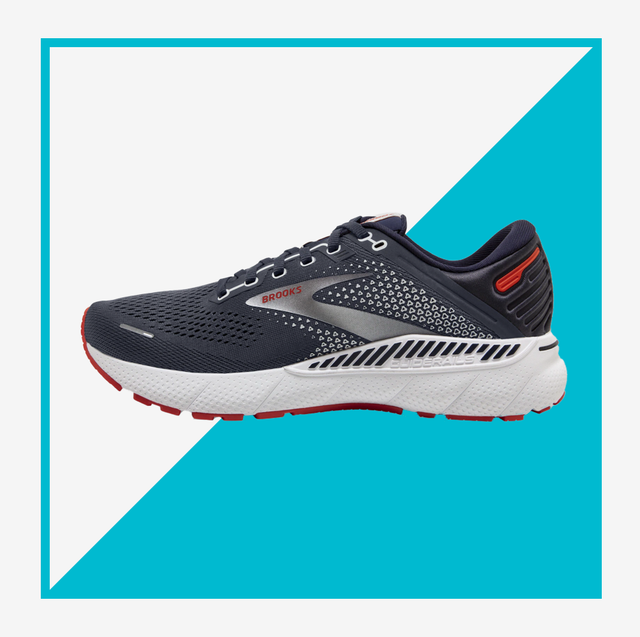
Men’s Health
RUNNING IS the easiest type of exercise routine to begin, at least according to the popular sentiment. As the truism goes, all you need is a pair of running shoes and a road to get started.
Read more: Best Shoes for Men
Failed couch-to-5k experimenters and veteran runners alike will tell you that in real life, becoming a runner is not that simple, and not just because you’ll need some real motivation to actually begin pounding the pavement with the consistency required to build up endurance. If the one piece of running gear that everyone agrees you need—the shoes—don’t work right for you, you’re less likely to be willing to put in the mileage you need to really jump into your healthy habit.
Starting your running journey with a pair of men’s running shoes that doesn’t do it for you could lead you right back to the couch—or worse, play a part in developing injuries that could land you there for extended periods of downtime. While it’s tough to find research that definitively proves whether certain styles of running shoes can either cause or prevent injuries in and of themselves, one thing is certain: a pair of running shoes that fits you properly will feel better on your feet and help you to run more efficiently than a pair of shoes that fits poorly or are worn past their expiration date.
Read more: Most Cushioned Running Shoes
Whether you’re just starting out running, you eat mileage for breakfast, or you just use jogging as a form of cross-training to help with your conditioning to achieve other fitness goals, you’ll need to find the right shoes for you. These are the 20 best pairs of running shoes on the market right now!
Advertisement – Continue Reading Below
This content is created and maintained by a third party, and imported onto this page to help users provide their email addresses. You may be able to find more information about this and similar content at piano.io
Advertisement – Continue Reading Below


Comments are closed.